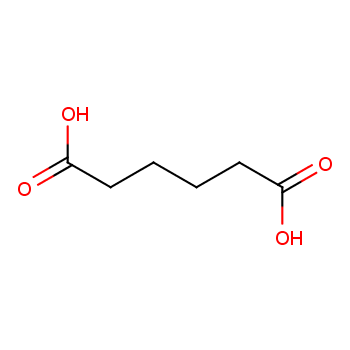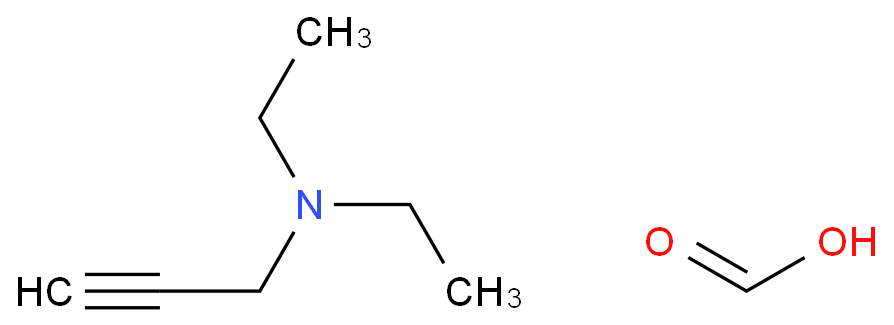Electronics chemicals, also known as electronic chemicals or specialty chemicals for electronics, are a category of chemical compounds and materials specifically designed and formulated for use in the electronics industry. These chemicals play a crucial role in the manufacturing, assembly, and performance enhancement of electronic devices and components. Electronics chemicals encompass a wide range of substances tailored to meet the unique requirements and challenges of the electronics sector.
Electronics chemicals exhibit numerous traits, including a wide range of varieties, stringent quality demands, low consumption rates, exacting cleanliness standards, swift product evolution, substantial capital investments, and the generation of high-value products.
Electronics Chemicals Categories
Electronics chemicals encompass a diverse array of categories, each tailored to specific applications within the electronics industry.
Photoresist: Essential for photolithography processes, photoresist chemicals are light-sensitive materials used to create precise patterns on semiconductor wafers and other electronic substrates.
Electroplating Chemicals: These chemicals are employed in the electroplating process to deposit thin metal layers on semiconductor components and printed circuit boards (PCBs).
High-Purity Reagents: High-purity reagents ensure the quality and precision required for analytical and research purposes in the electronics industry.
Special Gases: High-purity specialty gases like nitrogen, argon, and helium are critical for various semiconductor manufacturing and electronics assembly processes.
Solvents: Solvents play a vital role in cleaning, degreasing, and removing contaminants from electronic components, PCBs, and other surfaces.
Acids and Corrosives: Acids and corrosive chemicals are used for etching, cleaning, and surface treatment processes in electronics manufacturing.
Electronic Adhesives: Electronic adhesives are formulated to bond and seal electronic components, ensuring reliable connections and protection from environmental factors.
These categories represent a subset of the extensive range of electronics chemicals utilized in the electronics industry. Their precise formulations and applications contribute to the manufacturing and assembly of high-performance electronic devices and components.
Usage of Electronics Chemicals Products
Electronics chemicals and their downstream components serve as the fundamental building blocks and pioneers of the electronic information industry. Serving as the vanguard within the electronic information industry chain, they establish the crucial foundation for driving progress in a wide array of sectors. These encompass information technology, telecommunications, consumer electronics, household appliances, automotive technology, energy-efficient lighting, industrial automation, aerospace, and defense.
Electronics chemicals exhibit remarkable diversity, precise specialization, and encompass a broad professional spectrum. The industry's sub-segments are finely segmented, characterized by a high technical threshold and rapid product innovation. These chemicals are distinguished by their robust functionality, substantial added value, and, consequently, demand exceptionally high standards of quality.
+more
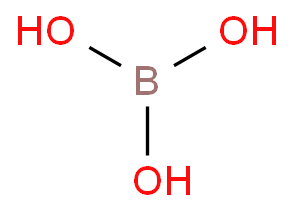
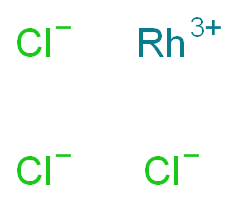
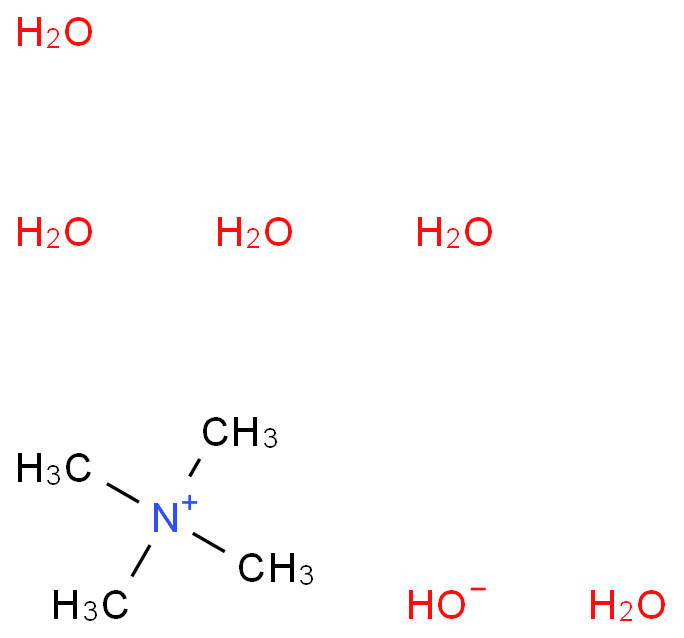
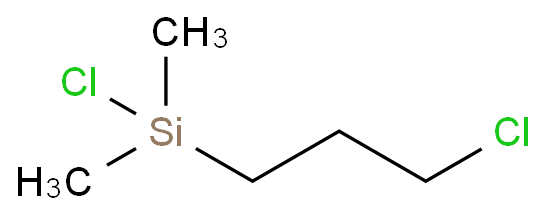
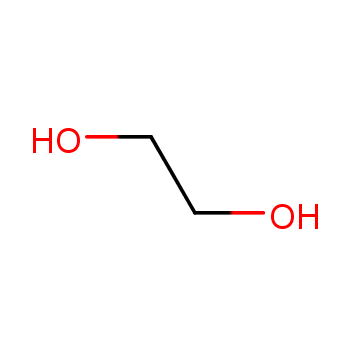
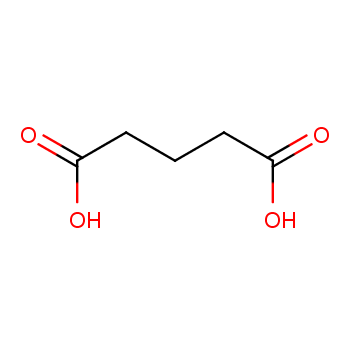
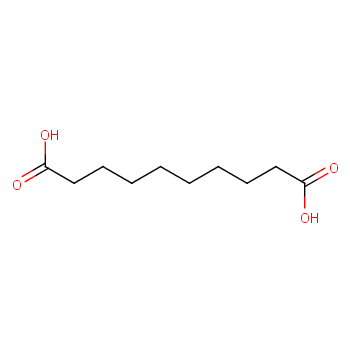
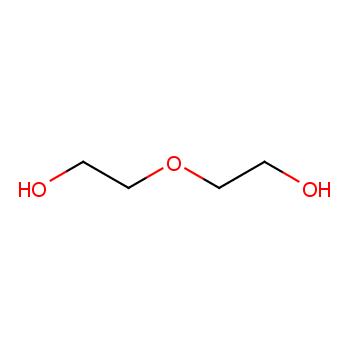

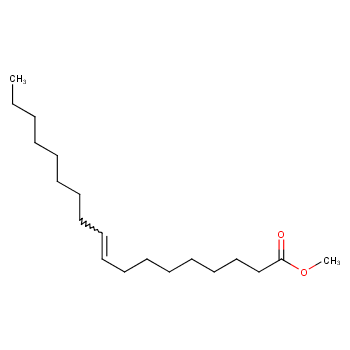
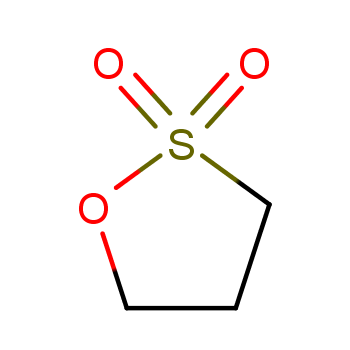
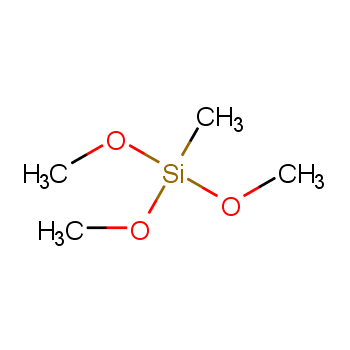
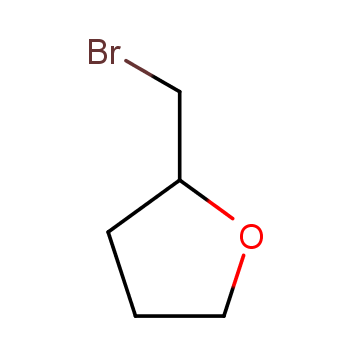


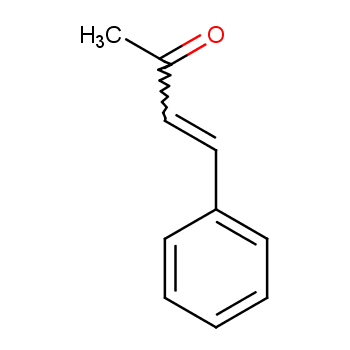
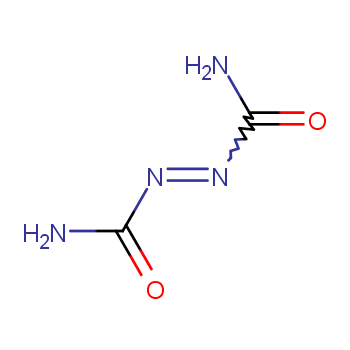
![1,3-BibroMo-5-(2-ethylhexyl)-4H-thieno[3,4-c]pyrrole-4,6(5H)-dione; 1231160-83-0 structural formula](https://structimg.guidechem.com/5/53/1557352.png)
